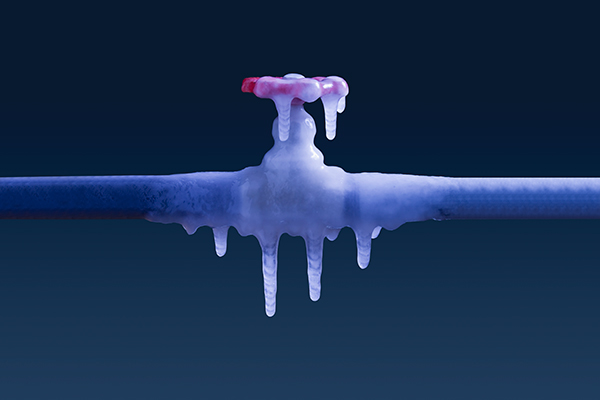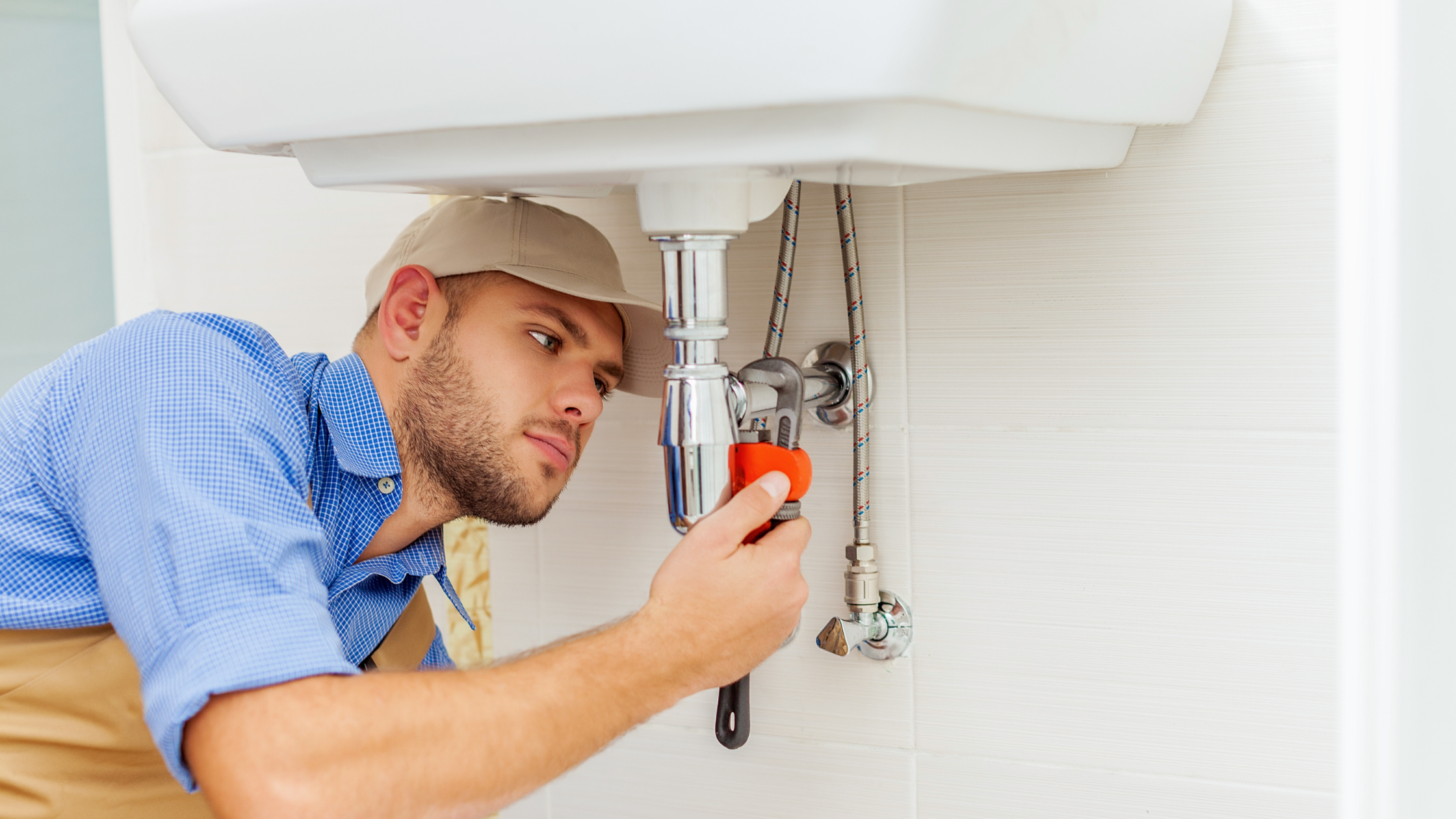Useful Plumbing Winterization Techniques to Avoid Pipe Bursts in Chilly Conditions
Useful Plumbing Winterization Techniques to Avoid Pipe Bursts in Chilly Conditions
Blog Article
Are you in search of help and advice around Winterizing Your Pipes?

All home owners that stay in warm environments should do their best to winterize their pipes. It is something you have to do throughout autumn before deep winter months absolutely starts. Failure to do so can lead to catastrophe like frozen, fractured, or burst pipes. If the weather exterior is frightful, below are some handy winterizing hacks to maintain your plumbing system safeguarded also.
Activate the Faucets
When the temperature declines as well as it appears as if the frigid temperature will last, it will certainly help to turn on your water both indoors and outdoors. This will maintain the water flowing with your plumbing systems. You'll finish up squandering gallons of water this method.
Open Cupboard Doors Hiding Plumbing
When it's cool outside, it would be useful to open closet doors that are camouflaging your pipelines. Doing this small trick can keep your pipelines warm and also limit the potentially unsafe outcomes of freezing temperature levels.
Take Time to Cover Exposed Piping
One awesome as well as very easy hack to warm up icy pipes is to cover them with warm towels. You can additionally utilize pre-soaked towels in hot water, simply do not fail to remember to use protective handwear covers to secure your hands from the heat.
Attempt a Hair Clothes Dryer or Warm Weapon
When your pipelines are practically freezing, your trusty hair clothes dryer or warm weapon is a godsend. Bowling hot air straight right into them may assist if the warm towels do not help remove any kind of working out ice in your pipelines. However, do not use other items that generate straight flames like a strike lantern. This can lead to a bigger calamity that you can not regulate. You may wind up damaging your pipelines while attempting to melt the ice. As well as over time, you may also end up shedding your house. Beware!
Turn off Water When Pipes are Frozen
Shut off the primary water valve immediately if you notice that your pipes are entirely icy or almost nearing that stage. You will typically locate this in your basement or utility room near the heating system or the front wall closest to the street. Turn it off immediately to avoid more damage.
With more water, even more ice will certainly stack up, which will eventually lead to burst pipelines. If you are uncertain about the state of your pipelines this winter months, it is best to call a specialist plumber for an assessment.
All property owners that live in pleasant climates need to do their best to winterize their pipes. Failure to do so can spell calamity like icy, broken, or burst pipes. If the hot towels do not help dislodge any kind of resolving ice in your pipes, bowling warm air straight into them might aid. Transform off the major water valve instantly if you observe that your pipes are completely frozen or practically nearing that stage. With even more water, even more ice will pile up, which will at some point lead to rupture pipelines.
PREVENT YOUR PIPES FROM FREEZING THIS WINTER
A Leading Cause of Property Damage
When the weather is taking a deep nose dive into the cold dreary days, the risk of your pipes freezing and potentially bursting skyrockets. Unfortunately, during these cold dreary months, burst pipes are the most common denominator for property damage. The pipes that are most at the risk are those that are in areas where it is most cold in your home. For instance, pipes located in interior places such as basements, attics, and your garage. Unfortunately, that doesn’t mean that the pipes running through your cabinets or exterior walls can’t freeze. Good news, however, is that you can do things to help prevent pipes from freezing.
How to Prevent Pipes From Freezing
Once the temperature starts to drop during the winter, you should be taking the proper measures needed to ensure that your pipes stay warm and that there is circulation of water through them. Some steps that experts may recommend could go against your better judgement when it comes to saving water and heat. However, it would go without saying that when expenses are compared, damaged pipes could put a bigger dent in your wallet than a water bill.
What Can I Do?
Keep your garage door closed. This is very important, especially if you have water supply lines running through your garage. Open your kitchen and bathroom cabinets to allow warm air to circulate through them. Allow air circulation throughout your home. Keeping the interior doors open will once again allow the warm air to circulate inside your home. Ensure your thermostat is running the same temperature throughout the night and day. If you plan to be away from home during the cold months, set your temperature no lower than 55° F. This should provide enough heat to keep the pipes warm and prevent any remaining water inside the pipes from freezing. For more of a long-term solution, add insulation to attics, basement, and other crawl spaces around your home. By allowing your faucet to drip, it will alleviate pressure in the system. This is important because the pressure that is created between the blockage and the faucet can potentially cause the pipes to burst. Allowing the faucet to drip will prevent the pressure from building up, therefore keeping the pipes from bursting. Seal any cracks, openings, and crawl spaces around your home to prevent cold air from coming inside. This keeps your pipes-not to mention your home-warmer and less susceptible to issues caused by freezing temperatures. For the pipes in your home that are easily accessible, applying electrical tape to them might prevent them from freezing over. This is a quick fix, as you can apply the tape directly to the pipe. There are two options for heating tapes. One turns on and off by itself when it senses heat is needed. The other type of heating tape needs to be applied when heat is needed and removed when not necessary. If you have exposed pipes in your home, you can check this website to take a look at a few options that would be available at a shop near you.

As a devoted person who reads about How to Prevent Frozen Pipes, I thought sharing that topic was really helpful. For those who enjoyed our post please don't forget to pass it around. Thanks a bunch for your time. Come back soon.
Rates Report this page